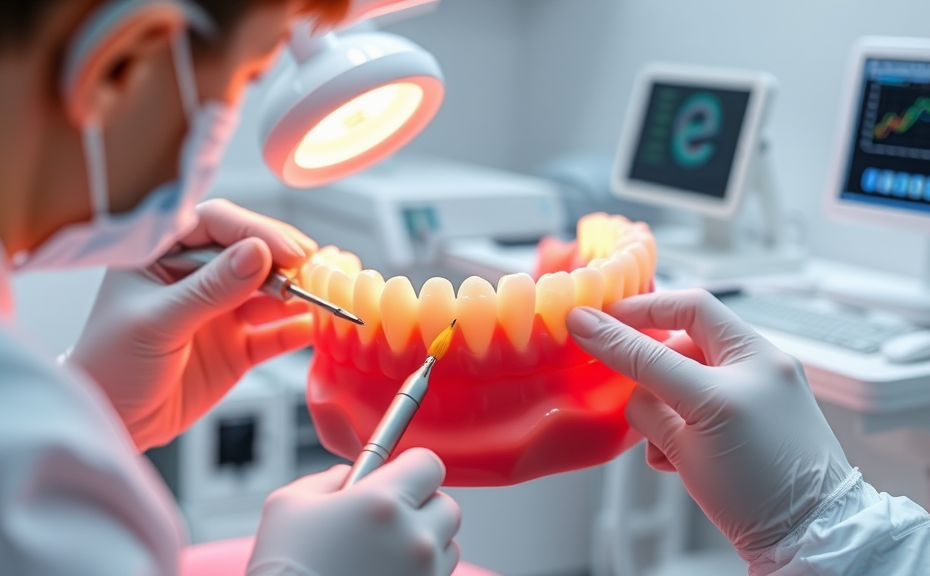In the field of dentistry, ergonomics plays a crucial role in enhancing the effectiveness and comfort of dental professionals. The practice of dentistry often requires repetitive motions and long hours in static positions, which can lead to musculoskeletal disorders. By integrating ergonomic principles into the workplace, dental practitioners can significantly reduce the risk of injury while improving their productivity.
One of the primary facets of ergonomics in dentistry is the design of dental chairs and equipment. Dental chairs should offer adjustable height and back support to accommodate various patient needs and ensure dentists can maintain proper posture. An ergonomic operatory setup allows for essential tools to be within reach, minimizing awkward movements during procedures.
- Ergonomic Handpieces: Utilizing lightweight and well-balanced handpieces helps reduce hand fatigue.
- Proper Lighting: Adequate lighting prevents straining and allows for precision in treatment, enhancing overall performance.
- Practice Positioning: Dentists should adopt neutral body positioning to maintain spinal integrity while working.
Another important aspect of ergonomics in dentistry involves patient positioning. Adjusting the patient’s chair to the optimal angle not only ensures their comfort but also enables the provider to work more efficiently. A well-structured workflow, combined with ergonomic equipment, creates a work environment that fosters better health for dental professionals.
Ultimately, prioritizing ergonomics in dental practice is not just about comfort; it’s about ensuring longevity in careers. By implementing ergonomic strategies, dental professionals can maintain their health, enhance treatment outcomes, and ensure a more satisfying workplace experience.
